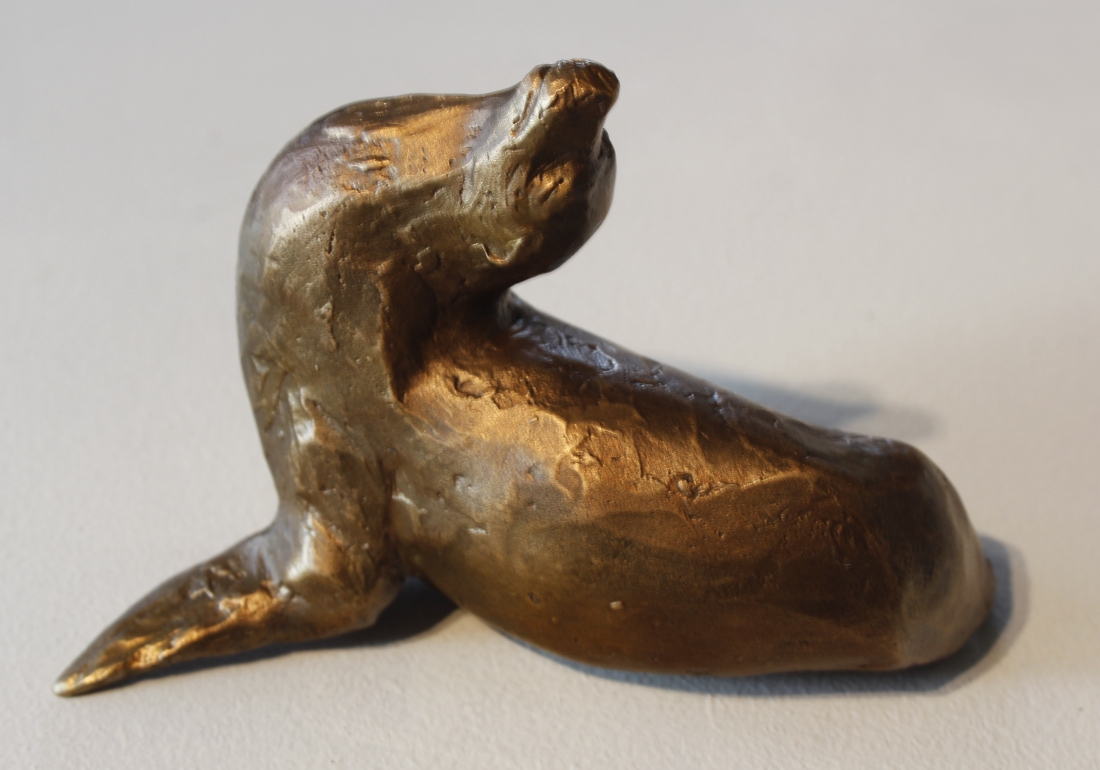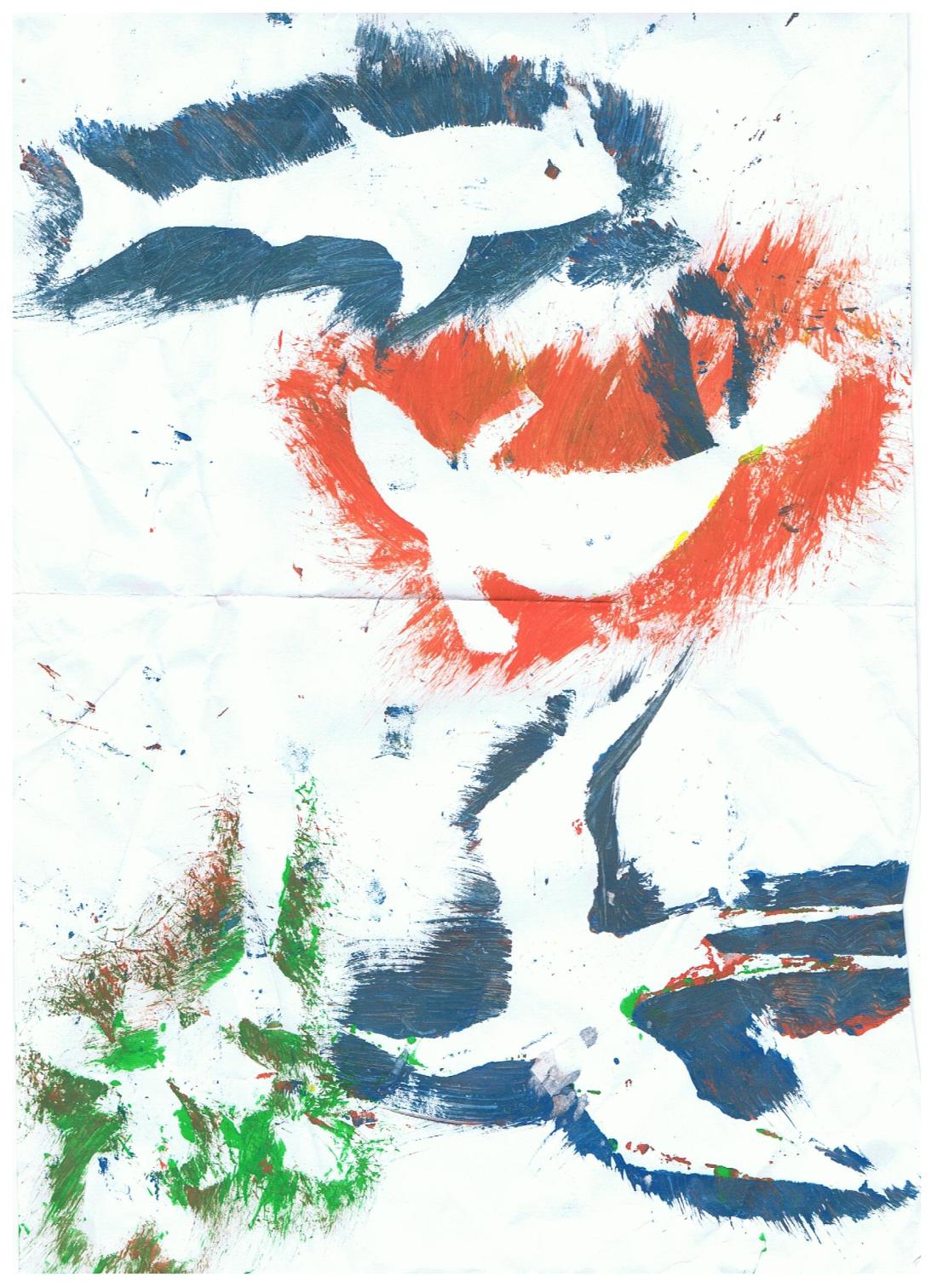“Take time to stand and stare”, advises William H Davies. And anyone who knows The Bright Field by R.S.Thomas is likely to be among those who already know how important it is to take time to appreciate the precious moments of connection with the natural world around us. Life is hectic, and can easily be a linear rush from one urgent task to the next. Some way to forge a deeper relationship and understanding is innate in us all and is to be cherished as an anchor and as a source of inner strength. These are the moments to pause and remember what is good, and why our own particular mission is important. This notion gently came up again last week in a Radio 4 two minute Thought For The Day by John Bell of the Iona Community.

Art is not a subject on the Ecuadorian school curriculum [at the time of writing in 2014]. “Here, “Art” is a picture of a flower”, said one Galapagos environmental educator. At its simplest, art is a way to show people – look: this is a flower. We have all used guide books full of helpful and accurate illustrations. We may have noticed that it isn’t necessarily the images with most detail that are the most useful in our ID attempts. Some capture the feeling of the specimen in a simpler but clever way. E.O. Wilson tells us that we may indeed recognise a beast, bloom or landscape more readily in a slightly abstract form showing less than full detail, so our subconscious can know what it is without slower analysis.

Many of us have favourite wildlife and landscape artists whose work reminds us what it’s all about. Mark Coreth (a fellow GCT supporter) and Norman Ackroyd number among my heroes; both have produced fabulously evocative Galapagos work that spurs us to action.

Yet, art doesn’t have to be exclusively made by the masters; and the end result, though often precious in itself, is not necessarily the primary objective. It is the process of observation and understanding the subject, and showing that to others, that makes such great changes in the people involved. I see time and again while leading workshops or walks participants surprise themself with a burgeoning desire to share what they have discovered: what made them stop and stare; say “Wow!”. What’s worth preserving about this plant, animal, landscape and how is it linked to the world around it? And what threatens it? Thus is nurtured the seed of conservation.

Making art about nature not only raises awareness of conservation issues, but it also helps foster creative thinking as a whole, which is useful in any field. And the dexterity that develops alongside opens up possibilities of making things for a living, not just the ability to use basic tools.

Ecology is all about links. The more links, the stronger the ecosystem. It’s very much the same with our education, and well-documented that students remember more if topics are linked, and repeated, and learning includes significant gems that spark the imagination and appeal to any of the five senses. Art is a great way to do this: joining everything together in a glorious splurge of colour and form, like a mind map drawn by Quentin Blake.

So we can use art as a way in to connect with nature, and discover that it entertains us and feeds our soul. The education, deeper messages and need for conservation will tumble in through the open door!

Postscript: I wrote this article for the Galapagos Conservation Trust‘s Galapagos Matters magazine in 2014, following my first Galapagos trip, and have added one or two since-discovered references, most notably from E.O. Wilson’s fantastic book, The Origins of Creativity, where he is barking (faster and meaner; backed up by copious research) up the same tree. Environmental education, including through art, is developing apace in Galapagos’ hot house of evolution, aided hugely by GCT programmes, and it is an increasingly mainstream topic here in the UK. May the web thicken…
This is a fantastic article – one to bookmark for future reference! It confirms what I’ve always suspected, that multi sensory learning is the best approach, not just for education but for engaging with the world around us, and learning to protect the environment.
LikeLiked by 1 person
Exactly, Fran – my favourite hobby horse!
LikeLike
And thank you 😘
LikeLike